Have you ever wondered how the pharaohs sent messages or how scribes wrote the Book of the Dead? They used DIY Papyrus Paper—the world’s first paper, invented by ancient Egyptians over 5,000 years ago! Today, you can recreate this slice of history right at home. No Nile River or pyramids are required—just simple supplies and a dash of creativity. Let’s dive into the fun of making your papyrus paper!
What Is Papyrus? A Quick History Lesson
Papyrus was ancient Egypt’s answer to modern paper. Made from the papyrus plant, which grew abundantly along the Nile River, it was lightweight and durable. This made it perfect for recording everything, from grocery lists to epic myths. Fun fact: The word “paper” comes from “papyrus”!
Ancient Egyptians sliced the plant’s stem into thin strips, soaked them, wove them into sheets, and pressed them dry. The result? A smooth, sturdy surface that lasted centuries. Even King Tut’s tomb had papyrus scrolls buried with him!

Materials You’ll Need
You won’t need a papyrus plant (they’re hard to find at Walmart). Here’s a modern twist:
- brown paper bag or parchment paper (to mimic papyrus strips)
- White glue (mixed with water)
- Warm water
- Baking sheet or plastic tray
- Rolling pin
- Thin strips
- Towel or cloth
- Optional: Tea bags (for aging the paper)
Step 1: Prepare Your “Papyrus” Strips
- Cut your paper bags/parchment into long, thin strips (about 1 inch wide).
- Soak the strips in warm water for 10–15 minutes. This softens them, just like the ancient Egyptians did with real papyrus.
Pro Tip: Want an “antique” look? Soak the strips in brewed tea! It’ll give your paper a weathered, yellowish tint.
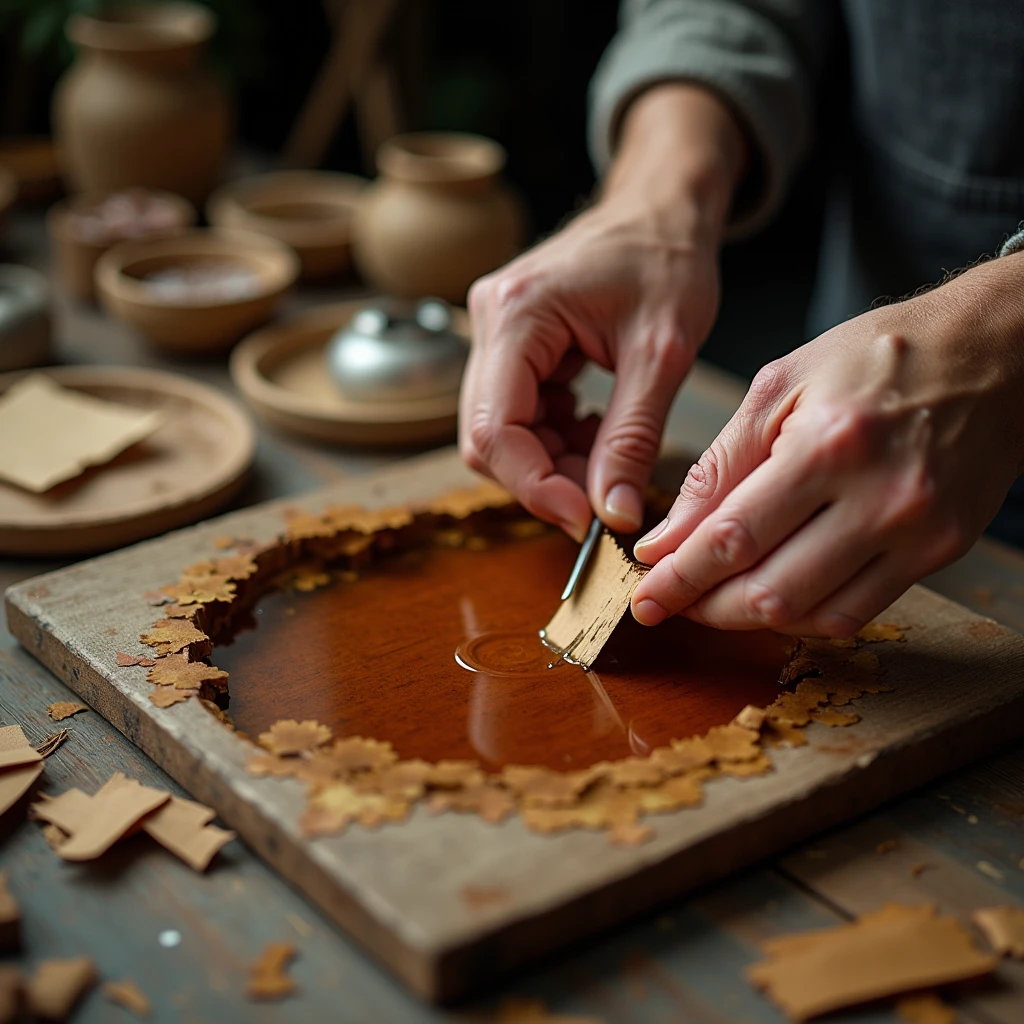
Step 2: Weave the Strips
- Lay half your strips horizontally on a flat surface.
- Place the remaining strips vertically over them, weaving like a mini basket.
- Press down gently to seal the layers.
This crisscross pattern mimics how Egyptians layered papyrus fibers. Don’t worry if it looks messy—it’ll hold together after gluing!
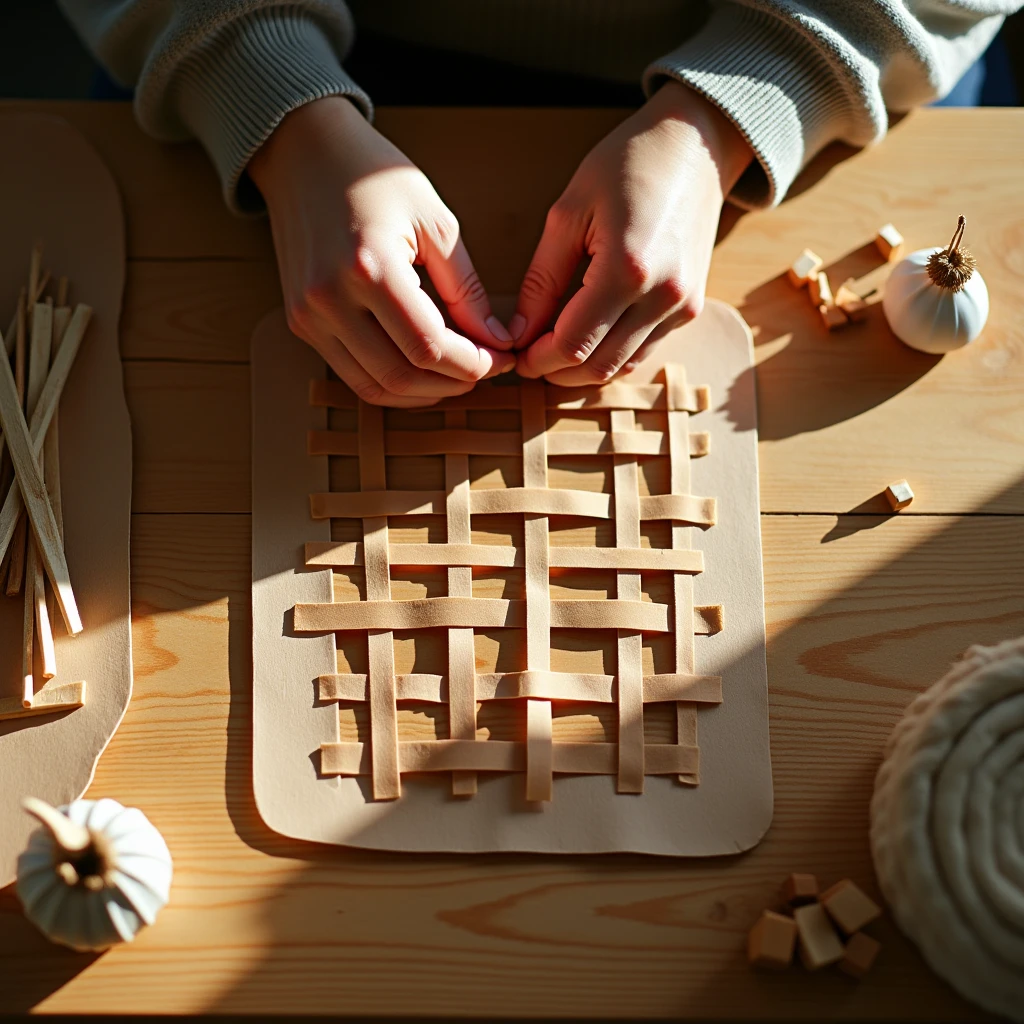
Step 3: Glue It All Together
- Mix equal parts white glue and water to create a paste.
- Brush the glue mixture over your woven strips. Make sure every layer is coated.
- Let it sit for 2–3 minutes.
This step is similar to the ancient Egyptian “pressing” process—the glue acts as a natural adhesive, bonding the strips.
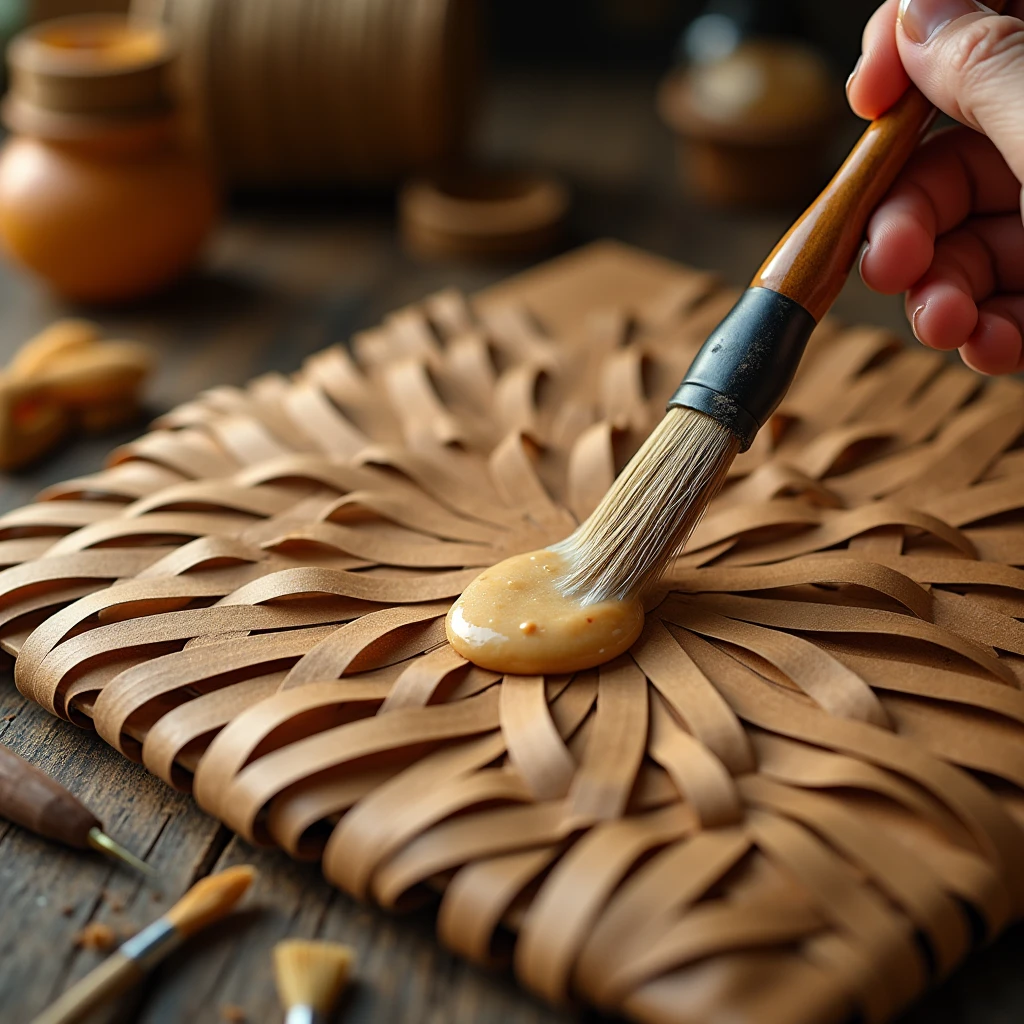
Step 4: Press and Dry
- Place a towel or cloth over your papyrus.
- Use a rolling pin to press out air bubbles and excess glue.
- Let it dry overnight (or speed things up with a hairdryer).
Pro Tip: Add heavy books on top while drying for an ultra-smooth finish!
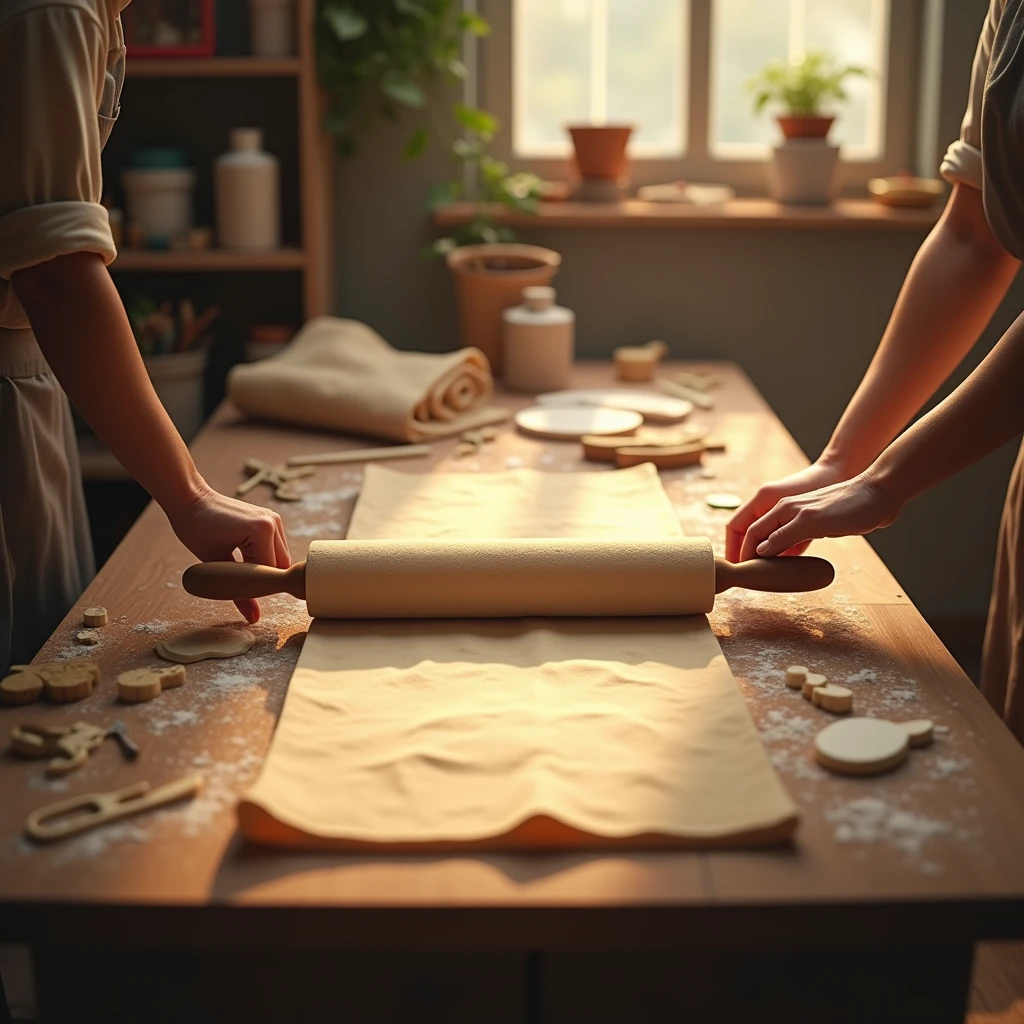
Step 5: Write Like a Pharaoh!
Once dry, your papyrus is ready! Use a brush or calligraphy pen to write messages in hieroglyphics (or just doodle like a modern human). Want to go full ancient mode? Burn the edges slightly for a relic-like look.
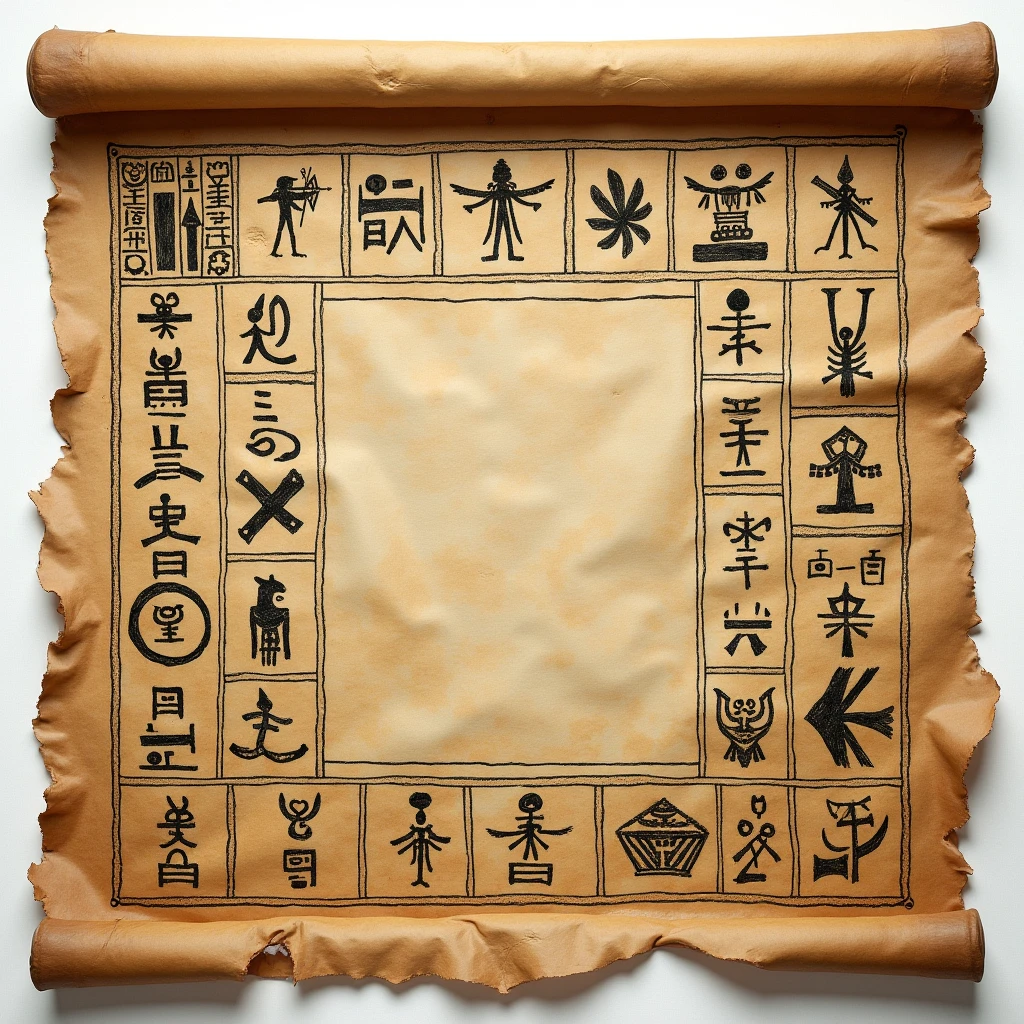
Why Papyrus Still Matters
Papyrus wasn’t just paper—it was a revolution. One papyrus sheet let Egyptians write down laws, stories, and medical texts. Without it, we may have never learned about Cleopatra’s reign or the art of mummification!
Fun Papyrus Facts
- The oldest papyrus scroll dates back to 2900 BCE.
- Papyrus plants were also used to make sandals, boats, and rope.
- Much like today’s paper towels, papyrus was an essential everyday item.
- The Roman Empire tried (and failed) to replace papyrus with parchment.
Give It a Try!
Making papyrus isn’t just a craft—it’s a time machine to ancient Egypt. Whether you’re writing a secret message or framing your creation, this project is a hands-on way to connect with history.

Conclusion
Making papyrus paper isn’t just a fun craft—it’s a way to touch the past. By weaving strips and brushing on glue, you’re stepping into the sandals of an ancient Egyptian scribe, unlocking the secrets of how history was literally written. Whether you’re creating a scroll for your next art project, teaching kids about ancient civilizations, or just satisfying your inner history nerd, this DIY papyrus adventure bridges the gap between then and now.
Think about it: 5,000 years ago, this humble material shaped empires, preserved myths, and connected cultures. Today, your homemade papyrus is a reminder that creativity and curiosity are timeless. So go ahead—write a message in hieroglyphs, frame your sheet as art, or gift it to a friend. Every crinkled edge and tea-stained smudge tells a story, and now, you’re part of it.
Who knows? Maybe future archaeologists will dig up your papyrus and wonder, “How did they know the ancient techniques?” 😉


